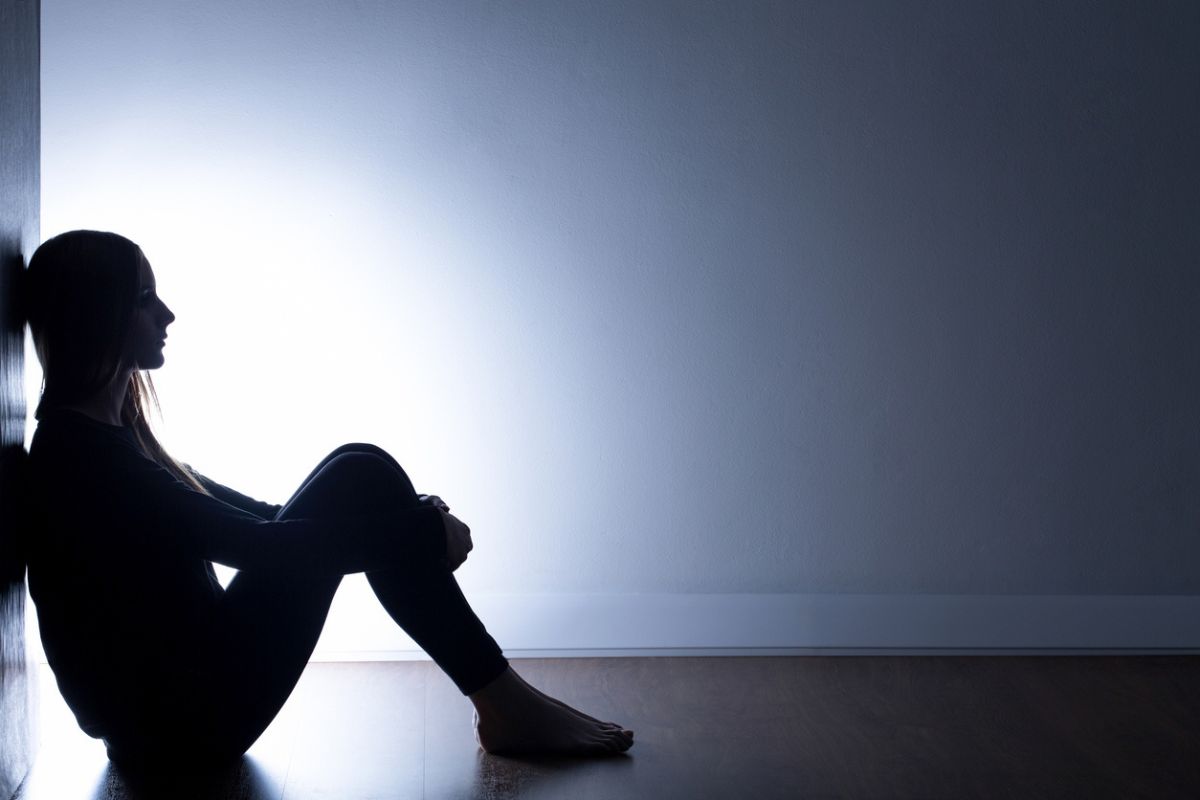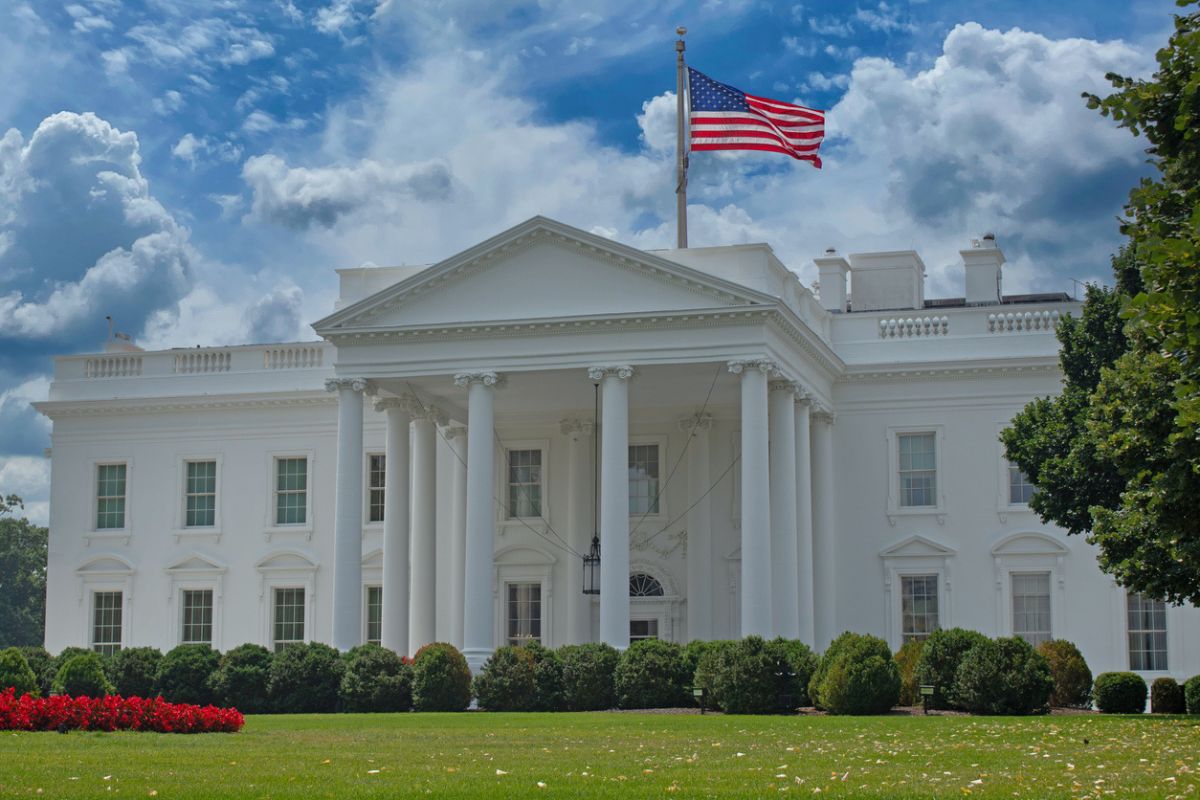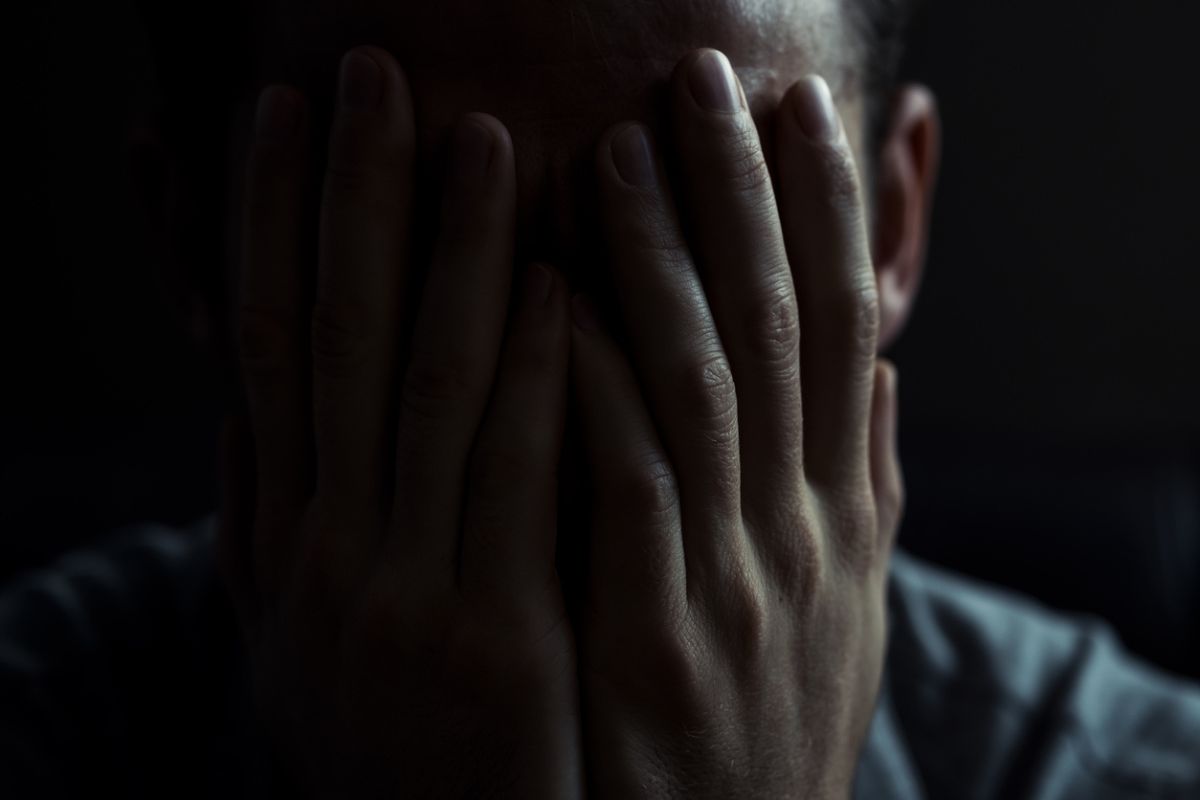In a crowded high school hallway, 16-year-old Selena clung to her smartphone as if her life depended on it. Her fingers danced over the keyboard. A ceaseless stream of alerts, messages, and notifications begged for her attention. It nagged at her nearly every minute between classes and over lunch.
That smartphone served as a lifeline to the rest of the world – as a connection to her friends and a connection to part of a broader community. But what started as a way to connect with others morphed into an endless stressor.
Selena often felt panicky and upset without her phone. And while her doomscrolling did little to sate her, she couldn’t help herself. As a result, her grades suffered, as she (reluctantly but compulsively) committed herself to staying connected.
Studies Shed Light On Smartphone Stress
Selena isn’t alone.
Recent studies by researchers at the Institute of Psychiatry, Psychology & Neuroscience (IoPPN) at King’s College London offered some fresh insight into the problematic smartphone use (PSU) among teens – and how it relates to mental health issues such as anxiety, depression, and insomnia.
This research, paid for by the National Institute for Health and Care Research (NIHR) Maudsley Biomedical Research Centre, is some of the earliest to analyze the intricate – and sometimes symbiotic – relationship between PSU and adolescent mental health.
The researchers spearheaded a pair of exhaustive studies. The first involved 657 older teens (16 and over) and another smaller cohort of nearly 70 younger teens. They discovered an unsettling environment:
- 18.7 percent of the older group admitted to experiencing PSU.
- 14.5 percent of the younger group reported the same.
- PSU prevalence appeared to be significantly higher among teen girls.
- The studies also showed that teens with PSU were twice as likely to experience anxiety – and nearly three times as likely to struggle with depression – compared to their peers who weren’t dealing with PSU.
The research, published in Acta Paediatrica and BMJ Mental Health journals, explored what teens like Selena dealt with.
“Adolescent smartphone use is a huge concern for parents and carers,” Professor Ben Carter, PhD, professor of Medical Statistics at King’s and the first author of both papers, explained. “We found that problematic smartphone use was linked with anxiety, depression, and insomnia across two separate adolescent age groups using two different research methods. By revealing the link between [the] problematic use of smartphones and poorer mental health, and demonstrating that young people are aware of this problem and are eager to manage their use, these studies highlight the need for evidence-based interventions to help adolescents struggling with difficult behaviors around their smartphone use.”
A Silver Lining?
So, it’s not all bad news. Both of the King’s College studies also revealed that most teens recognize their smartphone use could be problematic – if it wasn’t already. Even better, they overwhelmingly professed a desire to change.
Nearly two-thirds of the older teen sample had already tried to cut back on screen time. While one in eight asked for help in putting down the phone.
The younger group appeared to be even more eager to change. Nearly 90 percent admitted to trying to change, such as disabling notifications or silencing their phones.
That being said, the scientists stressed how critical it is to differentiate between normal screen time and PSU. Screentime, the authors wrote, refers to the total minutes spent on smartphones, while they characterized PSU as behaviors resembling addiction, which includes an inability to control usage voluntarily. Notably, the authors pointed out that they found no link between simple screen time and anxiety or depression. But they did notice a link between screentime and increased insomnia.
Pushing Back Against PSU
Selena’s story is one the researchers heard frequently. She’d realized that specific apps, such as TikTok or Instagram, fueled her anxiety in a way normal web surfing didn’t.
Resolved to reassert herself, Selena embraced some of the strategies the researchers suggested. She began putting her phone on “do not disturb,” disabling notifications, and leaving her phone in another room while she slept. These things helped and whittled away at her smartphone addiction.
Nicola Kalk, PhD, a senior author of both studies, stressed the importance of open conversation between parents, their kids, and their caregivers.
“We hope these findings encourage open discussions that acknowledge both the benefits and harms of smartphone use,” she said. “Understanding why teenagers might want to reduce their usage and exploring effective tools to do so is crucial.”
Further Reading
Preteen Suicide Rates Show Alarming Increase



